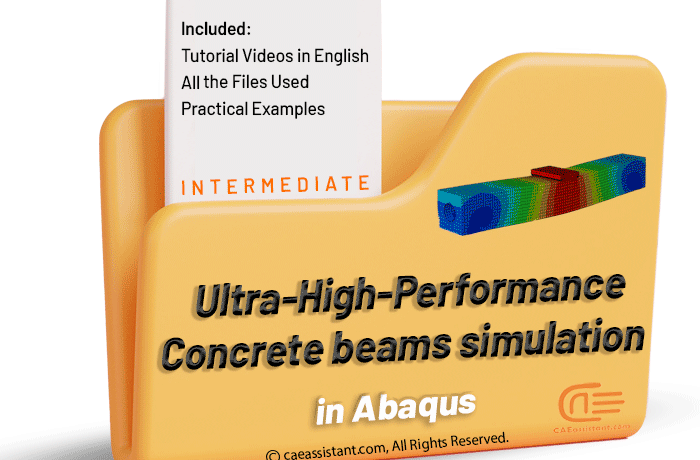Ultra-High Performance Concrete (UHPC) beams simulation in Abaqus
€ 109.0
UHPC (Ultra-High Performance Concrete) is an advanced type of concrete known for its exceptional strength, durability, and resistance. It consists of a dense matrix of fine particles, high-strength aggregates, and a low water-to-cement ratio. UHPC offers superior performance and is used in construction projects where high-strength and durability are required. UHPC (Ultra-High Performance Concrete) beams are advanced structural elements known for their exceptional strength, durability, and resistance. Simulating UHPC beams using software like Abaqus is crucial for evaluating their behavior under different loads and optimizing their design. With Abaqus simulations, engineers can analyze the structural response, stresses, and deformations of UHPC beams, ensuring they meet safety standards and design requirements. In this project package, you will learn how to simulate UHPC beams in 6 practical workshops.
